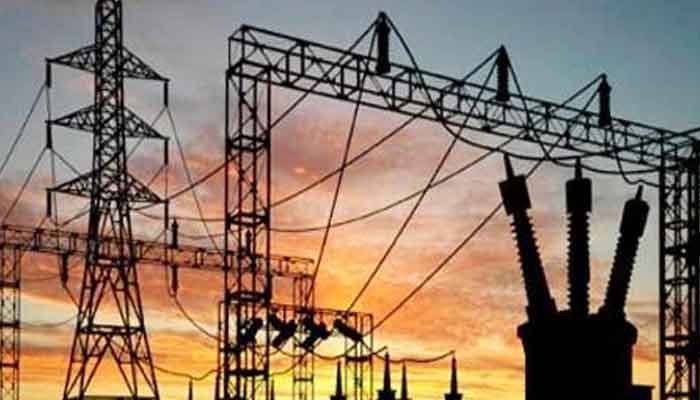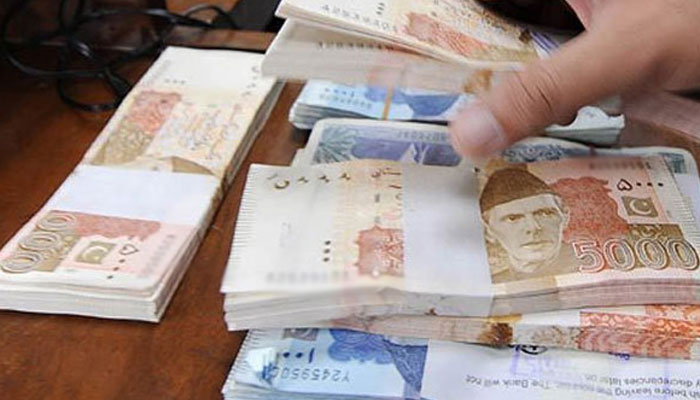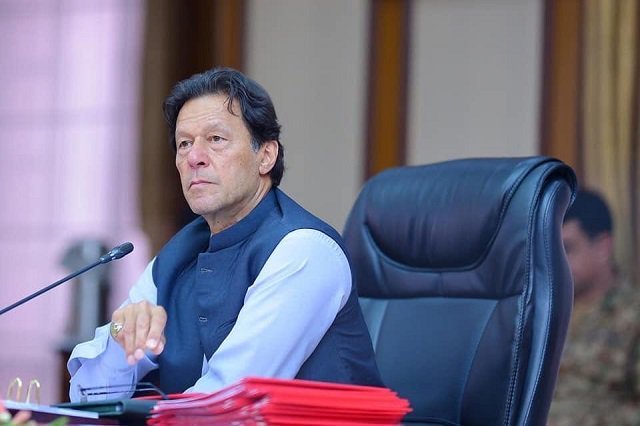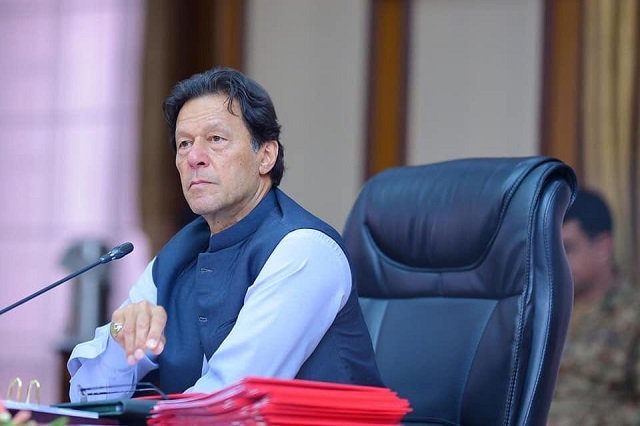You may be correct in estimating that the debt is manageable. However, it remains one of the key suggestions of IMF, and no government, the present one included, has managed to actually stop the rise in debt, which shows the whole power sector, and its management, in a very poor light.
the power sector is hemorrhaging 300 billion rupees per year
what needs to be done is reconcile this loss three prong strategy
1. renegotiating with IPPs, decreasing cost by introducing low cost renewable
2. transmission loss & decreasing theft
3. increasing the tarrif and adding subsidies from the budget
govt estimates it would save 160-200b from IPPs doing away with capacity charges..IPPs seems to favor this because they think govt will in turn be able to increase supply and production
however how to plug the rest is still an open question
===================================================================================
Power sector reforms to save Rs300b
Umar hits out at PML-N for setting up power plants despite lack of transmission network
Our CorrespondentNovember 24, 2020
PHOTO: EXPRESS
ISLAMABAD:
The government on Monday claimed that it had taken reform measures in the power sector that would result in cumulative savings of Rs300 billion over a period of three years from 2021 to 2023.
Talking to journalists, Minister for Planning, Development and Special Initiatives Asad Umar termed the circular debt a “landmine” for Pakistan and held the Pakistan Muslim League-Nawaz (PML-N) government responsible for all “sins”.
He lamented that the country lacked a transmission network for the transport of electricity but still the PML-N set up power plants to place burden of capacity payments on consumers. He claimed that capacity utilisation of power plants, which stood at 84% in 2018, dropped to 55% during Pakistan Tehreek-e-Insaf (PTI) government’s rule.
The planning minister, who also heads the Cabinet Committee on Energy (CCOE), said capacity payment obligation stood at Rs488 billion in 2018. The government projected that it would increase to Rs1.473 trillion by 2023 due to 55% capacity utilisation. A tariff increase of Rs4.09 per unit will be required in 2023 to clear Rs450 billion worth of circular debt base of 2018.
The government has also estimated another tariff increase of Rs8.09 per unit due to expected rise in capacity payments to Rs890 billion.
He said the PTI government had decided to get rid of the “centre of power” in the Power Division by introducing a competitive tariff regime to ensure cheaper energy.
He said the PML-N had increased power generation capacity but loadshedding continued across the country including Karachi due to a lack of investment in the transmission network.
“The Punjab government and other agencies had opposed LNG and coal-based power plants in the province but still they were established and now they have defaulted,” he said.
He added that the PTI government was introducing power sector reforms under which competitive tariffs would become possible under the bulk power market when the Competitive Trading Bilateral Contract Model (CTBCM) would come into force in the next 18 months and benefit the common consumers. The CTBCM was recently approved by the National Electric Power Regulatory Authority (Nepra).
He alleged that under the previous arrangement, politicians, bureaucrats and distribution companies as well as their officers had been benefiting because the price was being paid by the consumers.
The minister said a reduction in the rate of return on equity of public sector projects approved by the CCOE on September 2 would result in a reduction in the cost of generation by about Rs100 billion during 2021-23.
Likewise, memorandums of understanding signed with independent power producers (IPP) would have an impact of Rs60 billion during 2021-23.
He said the adviser to prime minister on finance was leading a committee to implement these MoUs.
Umar said the CCOE’s decision to unlock take-or-pay contracts of LNG-based power plants in Punjab would lead to cumulative savings of Rs136 billion in 2022-23 through tariff reduction at the rate of 74 paisa per unit in FY22 and 66 paisa per unit in FY23.
He did not agree that this burden had been shifted to gas companies, saying that he had separately undertaken another initiative that would ensure consumption of LNG in other areas.













